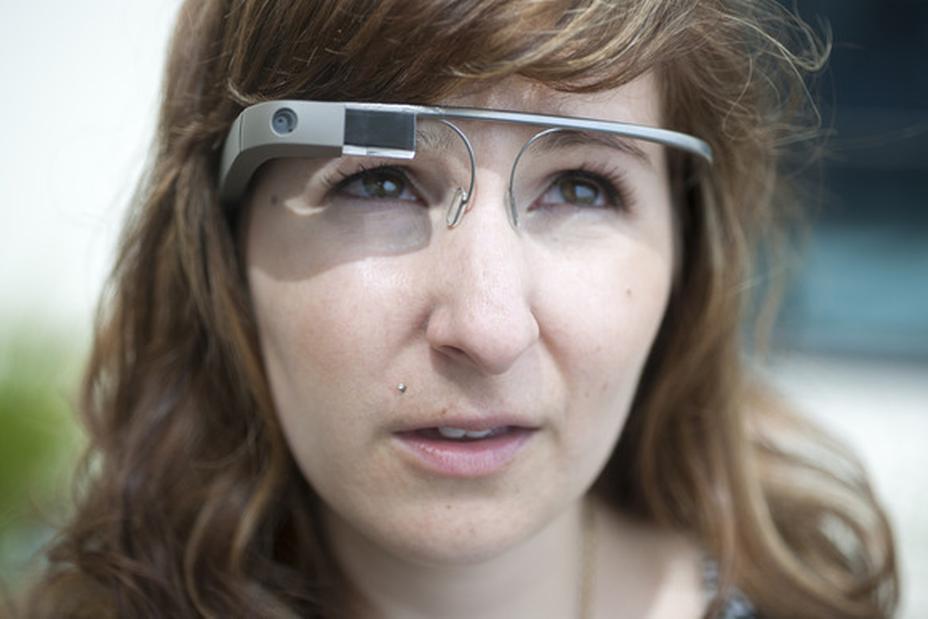Mobile Websites Can Tap Into Your Phone’s Sensors Without Asking
When apps wants to access data from your smartphone’s motion or light sensors, they often make that capability clear. That keeps a fitness app, say, from counting your steps without your knowledge. But a team of researchers has discovered that the rules don’t apply to websites loaded in mobile browsers, which can often often access an array of device sensors without any notifications or permissions whatsoever.
That mobile browsers offer developers access to sensors isn’t necessarily problematic on its own. It’s what helps those services automatically adjust their layout, for example, when you switch your phone’s orientation. And the World Wide Web Consortium standards body has codified how web applications can access sensor data. But the researchers—Anupam Das of North Carolina State University, Gunes Acar of Princeton University, Nikita Borisov of the University of Illinois at Urbana-Champaign, and Amogh Pradeep of Northeastern University—found that the standards allow for unfettered access to certain sensors. And sites are using it.
The researchers found that of the top 100,000 sites—as ranked by Amazon-owned analytics company Alexa—3,695 incorporate scripts that tap into one or more of these accessible mobile sensors. That includes plenty of big names, including Wayfair, Priceline.com, and Kayak.
“If you use Google Maps in a mobile browser you’ll get a little popup that says, ‘This website wants to see your location,’ and you can authorize that,” says Borisov. “But with motion, lighting, and proximity sensors there isn’t any mechanism to notify the user and ask for permission, so they’re being accessed and that is invisible to the user. For this collection of sensors there isn’t a permissions infrastructure.”
That unapproved access to motion, orientation, proximity, or light sensor data alone probably wouldn’t compromise a user’s identity or device. And a web page can only access sensors as long as a user is actively browsing the page, not in the background. But the researchers note that on a malicious website, the information could fuel various types of attacks, like using ambient light data to make inferences about a user’s browsing, or using motion sensor data as a sort of keylogger to deduce things like PIN numbers.
In past work, researchers have also shown that they can use the unique calibration features of motion sensors on individual devices to identify and track them across websites. And while the World Wide Web Consortium standards classify data from these sensors as “not sensitive enough to warrant specific sensor permission grants,” the group does acknowledge that there are some potential privacy concerns. “Implementations may consider permissions or visual indicators to signify the use of sensors by the page,” the standard suggests.
The prevalence of ad networks also makes it difficult to get a handle on the issue. The researchers even found three scripts attempting to access user sensors in ad modules on WIRED.com, though at least one had been removed when the researchers rechecked the site for this story. Other media sites, including CNN, the Los Angeles Times, and CNET have ad networks using similar scripts as well.

